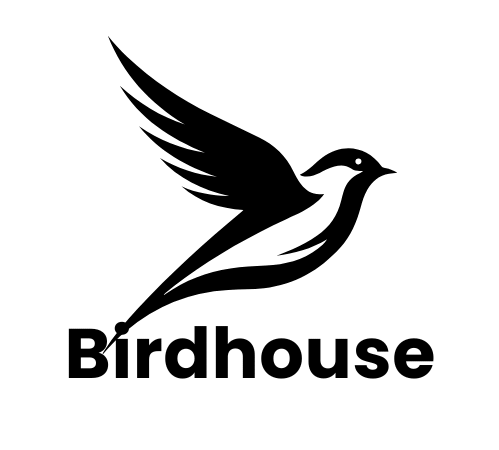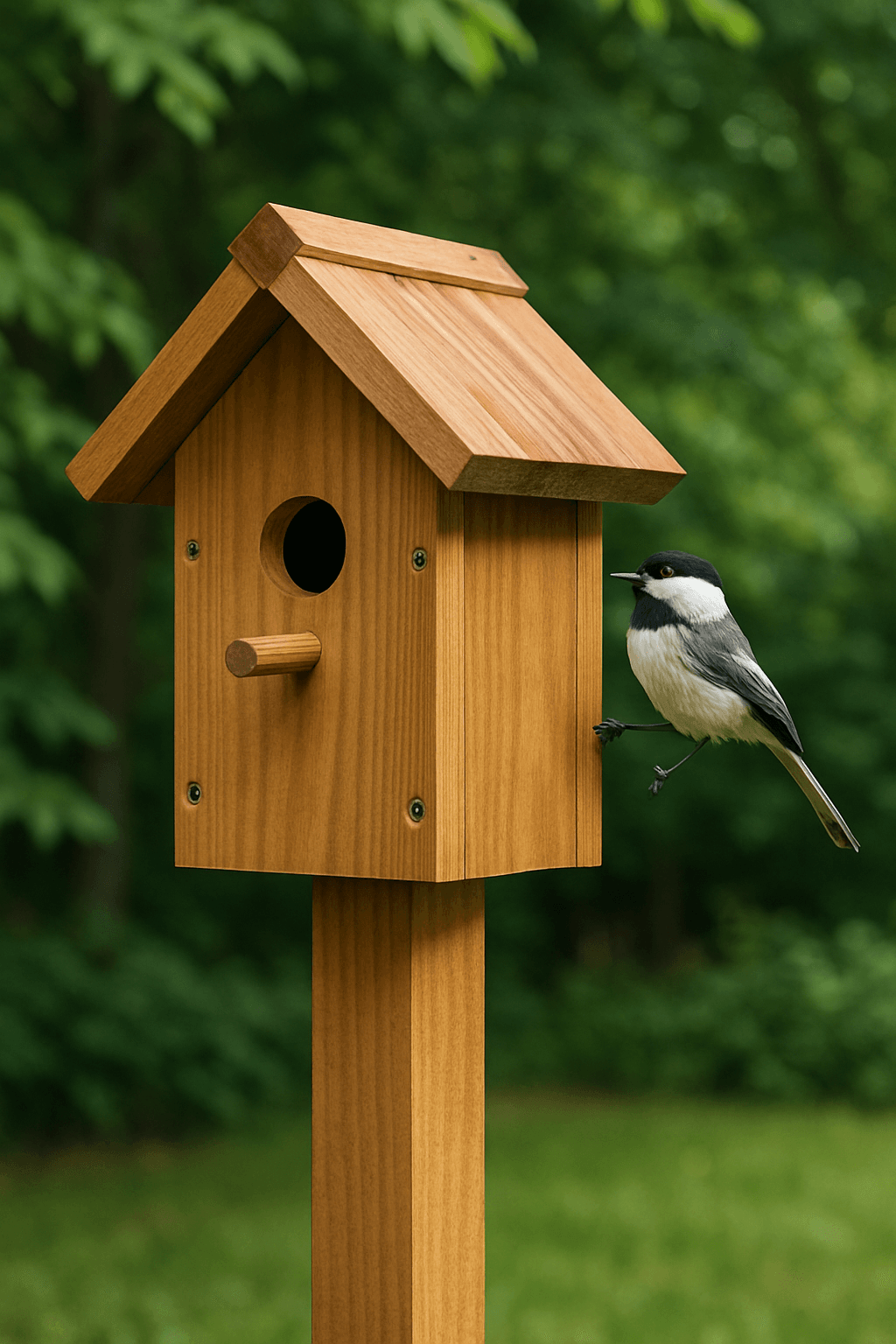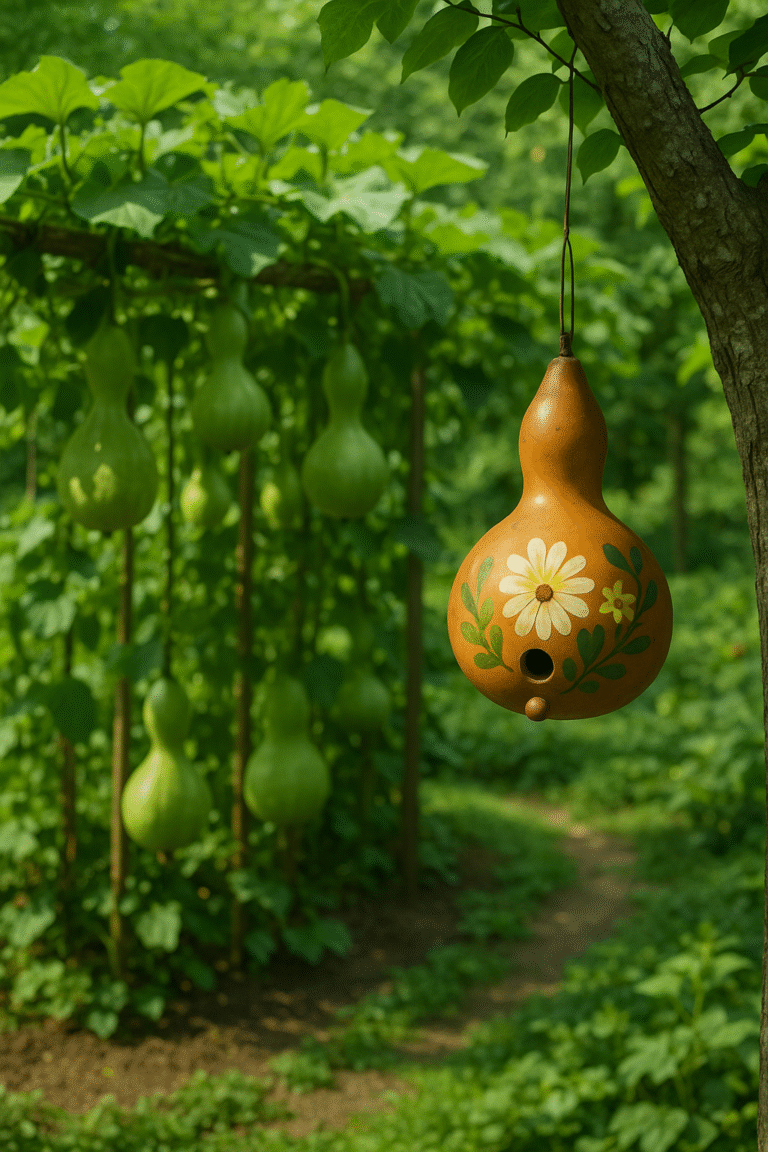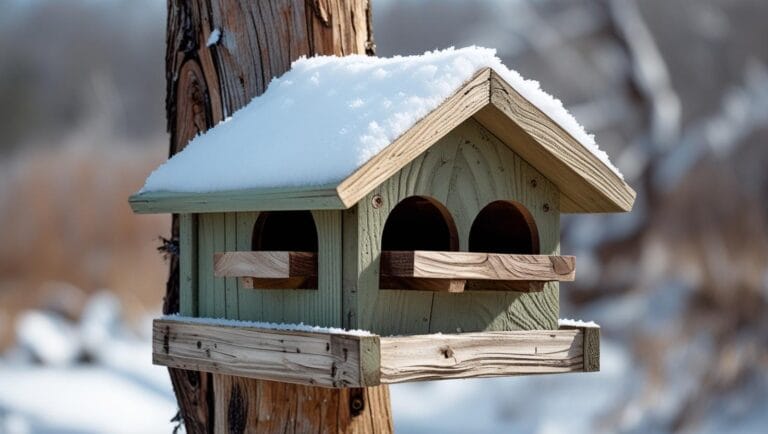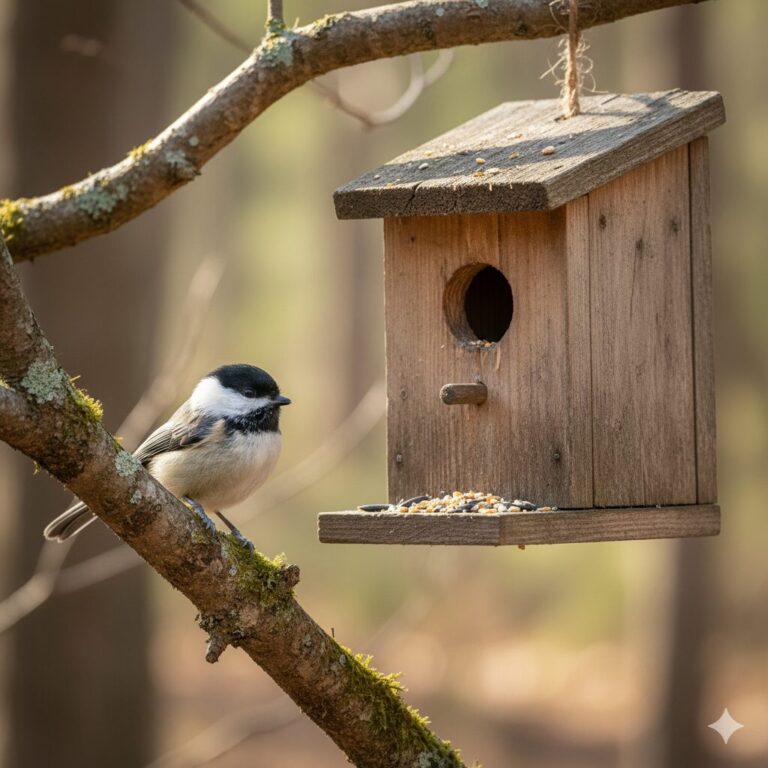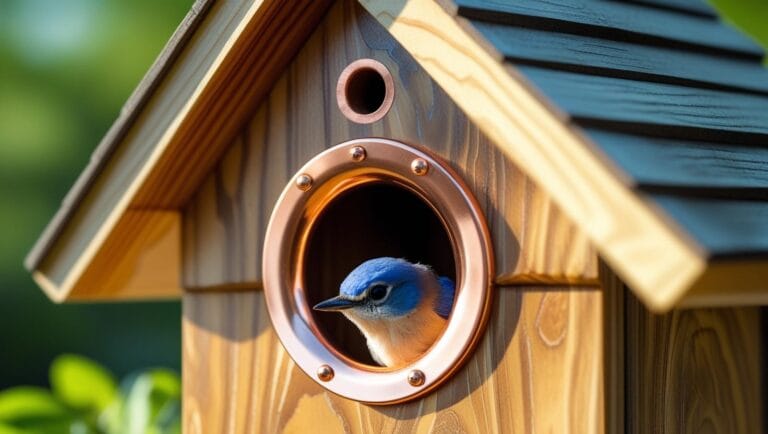Short Answer: How to Get Birds to Use a Birdhouse? To get birds to use a birdhouse, you must choose the right house design, place it at the proper height, face it in a safe direction, keep predators away, and provide a welcoming environment with food, water, and natural shelter. When these elements work together, birds feel secure enough to nest in your backyard.
Encouraging birds to use a birdhouse is one of the most rewarding experiences for backyard bird enthusiasts. Although many people simply hang a nest box and hope for the best, successful bird housing requires much more than placement alone. Birds are extremely selective, and they evaluate a variety of factors before choosing where to nest. These include the size of the entrance hole, the height of the box, its surrounding habitat, and even the direction it faces.
This comprehensive guide explains how to get birds to use a birdhouse by understanding their natural behavior, designing the right nesting setup, and creating an environment that feels safe, attractive, and instinctively familiar to them. Whether you’re a beginner placing your first birdhouse or an experienced homeowner trying to increase nesting success, these insights will help you transform your backyard into a thriving bird habitat.
Choosing the Right Birdhouse
The first step toward attracting birds is selecting a birdhouse that matches the needs of the species you hope to draw. Birds naturally choose nesting locations based on cavity size, entry-hole diameter, depth, and interior dimensions. Consequently, a birdhouse built for bluebirds may not appeal to wrens, and a nest box designed for chickadees may be overlooked by sparrows.
Moreover, birds prefer natural materials such as untreated wood, which allows air exchange and maintains safe interior temperatures. Ventilation holes near the top and drainage holes on the bottom help regulate moisture and heat, which is essential for egg and chick survival. When you choose a birdhouse with the right dimensions and materials, you significantly increase the likelihood that birds will consider it a viable nesting spot.
7 Top Birdhouses That Encourage Birds to Move In
1. Nature’s Way Bird Products CWH3 Cedar Bluebird Box House
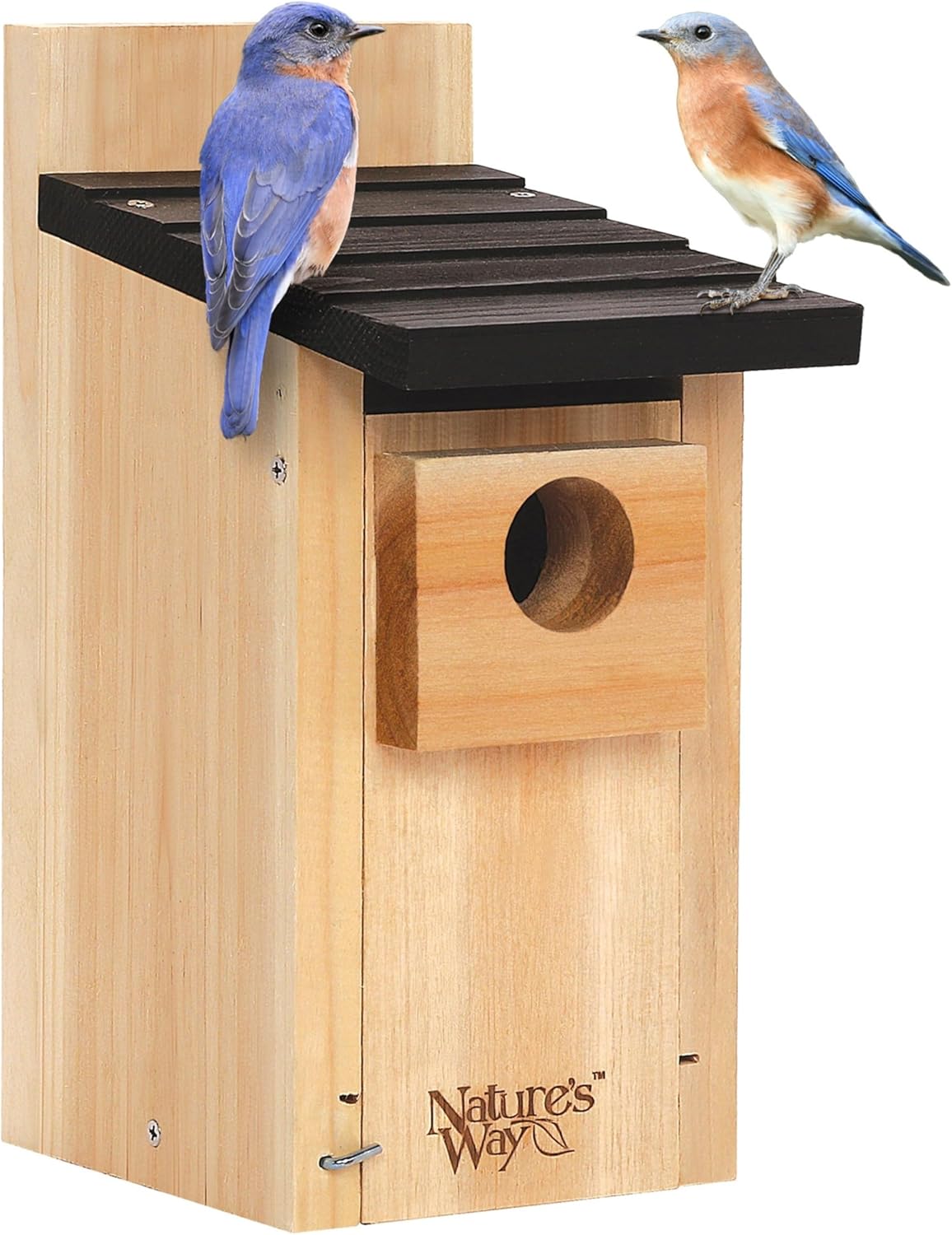
The Nature’s Way CWH3 Bluebird Box House is a durable cedar nesting box designed for homeowners who want a natural, long-lasting shelter for bluebirds and other small cavity nesters. It offers a simple, functional design that supports healthy ventilation and easy monitoring.
Key Features – Nature’s Way CWH3 Cedar Bluebird Box House
- Made from rot-resistant cedar for natural durability.
- Ventilation openings for better air circulation.
- Predator-resistant entry hole size designed for bluebirds.
- Clean-out door for easy seasonal maintenance.
- Rust-free screws and hardware.
- Slanted roof for improved water runoff.
Pros
- Sturdy wood construction that lasts through harsh weather.
- Easy to open and clean.
- Safe and well-sized for bluebirds.
- Natural look blends into most yards.
Cons
- No viewing window for monitoring.
- Mounting hardware not included.
2- Kingsyard Blue Bird House – Cedar Wood Nesting Box

The Kingsyard Blue Bird House is a colorful and practical cedar nesting box designed for bird lovers who want durability paired with convenience. Its clear viewing panel and predator guard make it especially useful for families and beginners.
Key Features – Kingsyard Blue Bird House
- Cedar construction designed for outdoor weather.
- Clear view panel for safe nest monitoring.
- Built-in predator guard around the entrance.
- Drainage holes to prevent moisture buildup.
- Easy-open side door for cleaning.
- Eye-catching royal blue exterior.
Pros
- Viewing panel makes monitoring simple.
- Strong protection from predators.
- Attractive design adds color to the yard.
- Easy to clean and maintain.
Cons
- Bright color may not appeal to all buyers.
- Slightly heavier than plain cedar models.
3- STARSWR Bird House for Outside
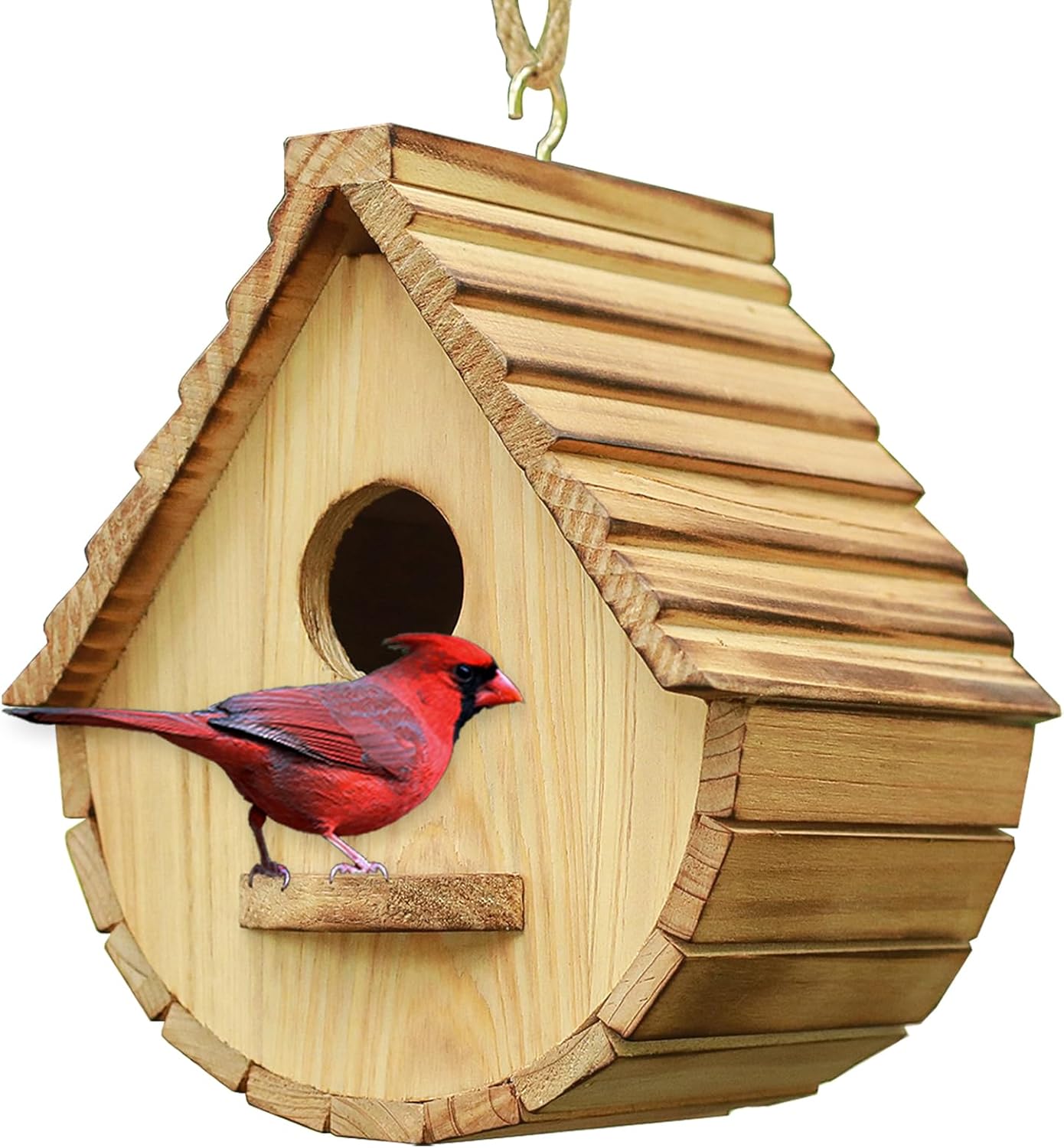
The STARSWR Bird House is a simple wooden birdhouse made for homeowners who want an affordable, natural nesting option for bluebirds, finches, and similar species. Its lightweight body and classic shape make it suitable for hanging or mounting in gardens.
Key Features – STARSWR Bird House
- Natural wooden construction.
- Hanging loop for quick installation.
- Slanted roof to help keep the interior dry.
- Designed for small backyard birds.
- Smooth unfinished surface for customization.
- Lightweight and easy to place in various spots.
Pros
- Budget-friendly option for beginners.
- Simple and versatile design.
- Can be painted or stained easily.
Cons
- Wood is thinner than premium models.
- No clean-out access door.
- Less durable in harsh climates.
4- WHITEHORSE Cedar Bluebird House

The WHITEHORSE Cedar Bluebird House is a weatherproof nesting box built to meet NABS recommendations, making it ideal for serious bird enthusiasts. With strong cedar construction and predator protection, it supports safe nesting for several small species.
Key Features – WHITEHORSE Cedar Bluebird House
- Cedar wood built to NABS specifications.
- Predator guard to protect nestlings.
- Ventilation and drainage for temperature control.
- Easy-open panel for cleaning.
- Weather-resistant design for long-term outdoor use.
- Suitable for wrens, nuthatches, chickadees, and more.
Pros
- High-quality build with excellent safety features.
- Long-lasting cedar construction.
- Meets trusted bluebird housing standards.
Cons
- More expensive than basic birdhouses.
- Natural wood finish may weather over time.
5- Wooden Bird House with Pole – Garden Cottage Style

This wooden birdhouse with a pole offers a decorative cottage-style design while still providing a functional nesting space. It suits homeowners who want a mix of aesthetic appeal and practicality for bluebirds, finches, and cardinals.
Key Features – Wooden Bird House with Pole
- Includes a mounting pole for flexible placement.
- Cottage-style wooden design.
- Weather-resistant finish for outdoor use.
- Entry hole suited for small backyard birds.
- Easy to hang or mount using the included pole.
- Lightweight for simple installation.
Pros
- Attractive decorative look.
- Comes with its own pole.
- Suitable for many small bird species.
Cons
- Decorative design may reduce durability over time.
- Cleaning access is limited.
6- 2 Pack Cedar Bird Houses with Copper Guard

This two-pack of cedar birdhouses offers a durable and protective setup for homeowners with multiple nesting spots in their yard. The copper guard adds extra predator resistance, making it a practical option for bluebirds, wrens, and chickadees.
Key Features – 2 Pack Cedar Bird Houses with Copper Guard
- Comes with two cedar birdhouses.
- Copper predator guard around the entrance.
- Slanted roof for weather protection.
- Assembly required for secure fitting.
- Suitable for multiple small bird species.
- Natural cedar finish for long outdoor life.
Pros
- Great value for two houses.
- Copper guard adds strong predator protection.
- Cedar construction handles weather well.
Cons
- Requires assembly.
- No window for monitoring nests.
7- 3 Packs Natural Wooden Hummingbird Houses for Outside Hanging
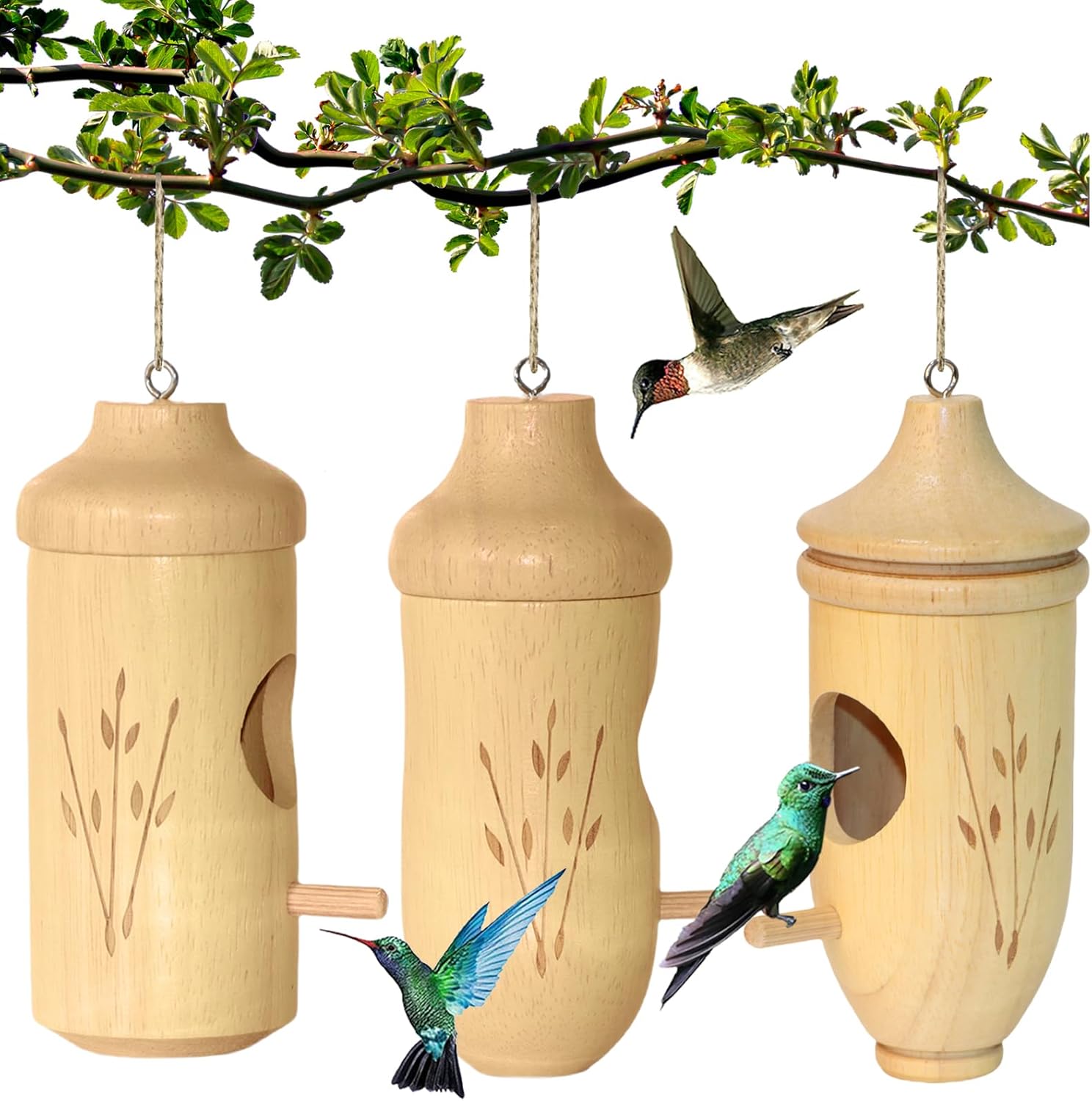
The Hummingbird House 3-Pack is designed for people who want to attract hummingbirds using a simple, natural setup. Made from lightweight wood and easy to hang, it suits gardeners, homeowners, and anyone who wants to bring hummingbirds closer without complex maintenance.
Key Features – Hummingbird House (3-Pack)
- Natural wooden construction designed for outdoor use
- Lightweight build that fits hummingbirds’ preferred nesting style
- Includes hanging ropes for quick setup in gardens or patios
- Three-pack design allows placement in multiple spots
- Small entrance size suited for hummingbird safety
- Weather-resistant finish for longer outdoor durability
- Works as both a functional nest and a decorative garden accent
Pros
- Simple to hang anywhere with minimal effort
- Natural wood blends easily into garden environments
- Multiple houses increase chances of attracting hummingbirds
- Affordable option for beginners
Cons
- May require strategic placement to attract hummingbirds
- Lightweight build can move in strong winds
- Not suitable for larger bird species
Placement and Orientation
Even the perfect birdhouse will remain empty if placed in the wrong spot. Birds evaluate height, direction, and surrounding environment before committing to a nesting site. For example, many small songbirds prefer houses mounted 5–10 feet above the ground, while others require higher elevations.
Orientation matters as well. Face the entrance away from prevailing winds to protect nestlings from rain and intense weather. East-facing openings are often ideal because they receive gentle morning sunlight without exposing the interior to harsh afternoon heat. When combined with proper height and secure mounting, these placement strategies create a stable and inviting nesting environment that birds can trust.
Creating an Appealing Environment
Beyond the birdhouse itself, the surrounding habitat plays a crucial role in attracting birds. Birds frequently choose nesting sites near reliable food sources. Therefore, planting native shrubs, berry trees, and flowering plants naturally encourages them to stay nearby.
Providing fresh water through shallow birdbaths or small fountains also makes your yard more appealing. Because birds rely on water for both drinking and bathing, a clean and accessible water source can make the difference between a birdhouse that remains empty and one that becomes a preferred nesting site.
Spacing and vegetation also matter. Birds prefer houses placed in quiet areas with minimal foot traffic. Surrounding trees and shrubs offer natural cover, which increases the sense of safety. Yet, you should avoid placing the birdhouse too close to dense foliage where predators may hide. Balancing shelter and visibility creates a safer, more naturalistic environment that encourages nesting.
Reducing Predator Threats
Birds are far more likely to use a birdhouse when they feel safe from predators. Cats, raccoons, snakes, and larger birds pose serious risks to nesting species. Although it’s impossible to eliminate all threats, you can significantly reduce them through strategic placement and deterrents.
Mount birdhouses on smooth poles rather than trees, since trees allow predators to climb easily. Adding predator guards, such as pole baffles or metal rings around the mounting pole, also provides reliable protection. Furthermore, avoid placing birdhouses near fences, rooftops, or other structures that give predators easy access. When birds sense a safe environment, they are far more likely to return year after year.
Maintenance and Seasonal Preparation
A clean birdhouse is far more attractive to birds than one filled with old nesting material or debris. After each nesting season, thoroughly clean the interior to remove mites, mold, or leftover materials. Many birds refuse to reuse a dirty or infested nest cavity, so regular cleaning directly increases your chances of future nesting.
Additionally, inspect the birdhouse structurally. Tighten screws, check for cracks, and ensure drainage and ventilation holes remain open. When you maintain the house consistently, it remains a reliable, safe option that birds trust across multiple seasons.
Pros and Cons of Birdhouses in Your Yard
Pros
Birdhouses provide essential nesting space for cavity-nesting birds, many of which struggle to find natural sites. They also help control pests, increase backyard biodiversity, and offer enjoyable birdwatching opportunities.
Cons
Birdhouses require ongoing maintenance, cleaning, and monitoring to remain safe. Incorrect placement may attract unwanted species or expose birds to predators. Additionally, not all bird species use nest boxes, so results vary depending on local wildlife.
Tips for Increasing Birdhouse Success
To boost your chances, consider offering multiple birdhouses spaced far apart, as many species are territorial during nesting season. Place houses in quiet, protected areas and keep feeders and water sources nearby without overwhelming nesting zones. Providing nesting materials such as small twigs, dry grass, or soft plant fibers can also encourage birds to settle.
These subtle enhancements often create a more natural and welcoming environment, making your birdhouses stand out as attractive nesting options.
Frequently Asked Questions
How long does it take for birds to use a new birdhouse?
It can take anywhere from a few weeks to an entire season, depending on the species and the suitability of the environment.
Should I put food inside a birdhouse?
No. Food inside a birdhouse attracts predators, insects, and moisture. Place feeders nearby instead.
Do birds return to the same birdhouse every year?
Many species do, especially if the house is safe, clean, and well-placed.
Why aren’t birds using my birdhouse?
Common issues include incorrect height, inappropriate entrance hole size, too much noise or disturbance, predators, or lack of nearby food and shelter.
Can multiple birds share a birdhouse?
Most cavity-nesting birds do not share houses, except during family brooding. Birds are typically territorial.
Conclusion
Getting birds to use a birdhouse requires thoughtful planning, the right design, proper placement, and a safe, welcoming environment. Because birds are selective and instinct-driven, success comes from understanding their natural behaviors and providing a habitat that aligns with their needs.
When your birdhouse offers safety, shelter, and proximity to food and water, birds are far more likely to choose it as their nesting home. With patience, careful maintenance, and consistent environmental support, you can transform your backyard into a thriving bird-friendly space that attracts nesting birds year after year.
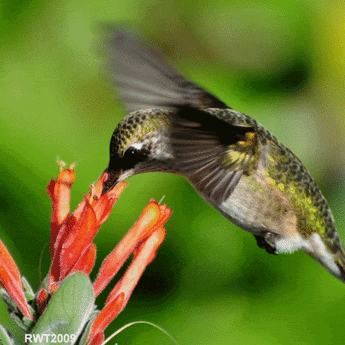
Sanom is a lifelong nature enthusiast and passionate backyard birder who has spent years observing bird behavior and building DIY birdhouses. With a deep curiosity for species like chickadees, wrens, and woodpeckers, he shares practical tips and heartfelt stories to help others attract, shelter, and appreciate the wild birds around them. Whether you’re crafting your first birdhouse or simply enjoying morning songbirds, Iftekhar’s guides on BirdHouseTales.com are designed to bring you closer to the magic of birdwatching.
